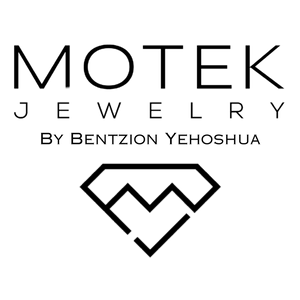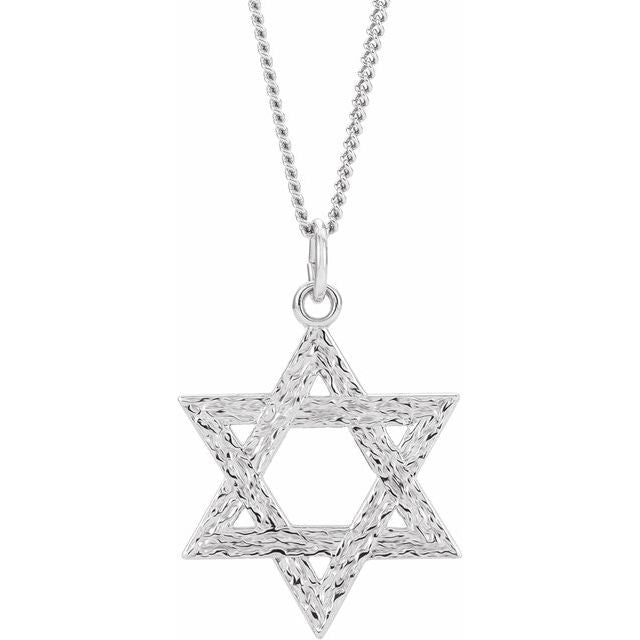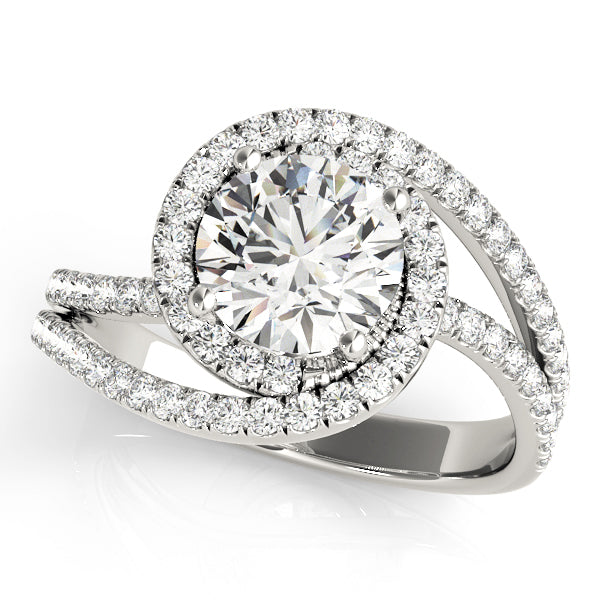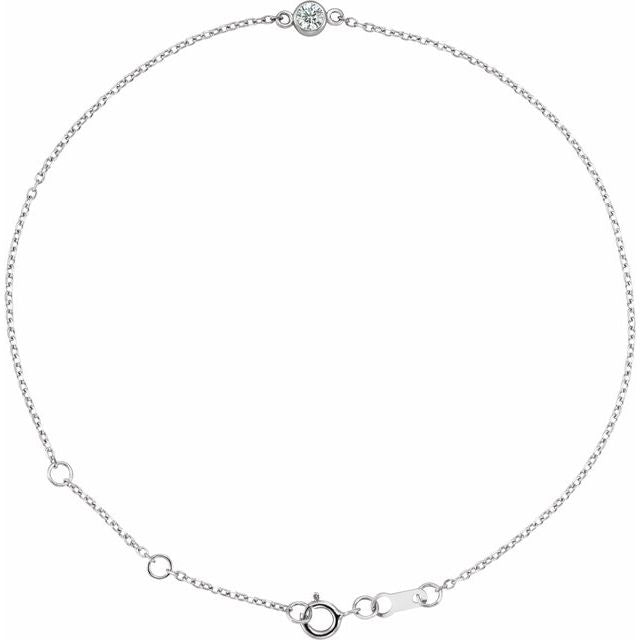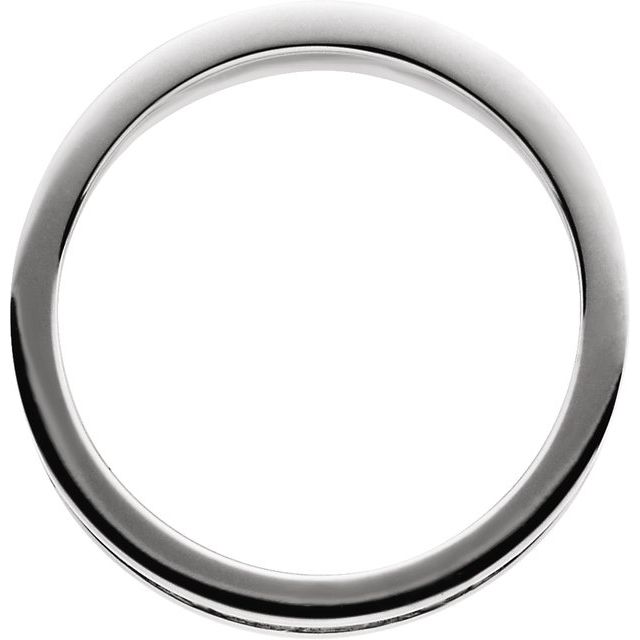The History of Jewelry: From Ancient Times to Modern Trends

Introduction
Jewelry has adorned human bodies for over 100,000 years, serving as powerful symbols of status, wealth, religious significance, and personal expression throughout history. From primitive shell beads to intricate diamond necklaces worth millions, the evolution of jewelry reflects humanity's technological advances, cultural shifts, and changing aesthetic preferences. Today, the global jewelry market is valued at approximately $228 billion and is expected to reach $307 billion by 2026, growing at a CAGR of 7.4% from 2021 to 2026 [1]. This enduring industry continues to blend ancient techniques with cutting-edge innovation, creating pieces that connect us to our ancestors while pushing creative boundaries forward.

Prehistoric Jewelry (100,000 BCE - 3000 BCE)
Long before written history, our ancestors adorned themselves with natural materials. Archaeological evidence shows humans were creating jewelry as far back as 100,000 BCE, with the earliest discovered ornaments being perforated shell beads found in Skhul Cave in Israel and similar discoveries in Morocco dating to approximately 110,000 BCE.
These early adornments used available natural materials:
-
Shells, bones, and animal teeth
-
Colored pebbles and feathers
-
Plant materials including seeds and berries
The significance of these earliest accessories extended beyond decoration. Anthropologists believe prehistoric jewelry served several essential functions:
-
Group identification: Distinctive adornments helped identify tribal affiliation
-
Spiritual protection: Many pieces were worn as amulets to ward off evil
-
Status indicators: Particularly rare or difficult-to-obtain materials signaled the wearer's importance
As human technology advanced with the discovery of metals, jewelry underwent its first major technological revolution. Around 5000 BCE, humans in the Middle East and parts of Europe began working with copper, creating the first metal jewelry pieces. This innovation dramatically expanded the possibilities for jewelry design and durability.

Ancient Civilizations and Their Jewelry (3000 BCE - 500 CE)
Ancient Egyptian Jewelry
Perhaps no ancient civilization is more associated with spectacular jewelry than Egypt. Gold was considered the flesh of the gods in Egyptian culture, and their sophisticated metalworking created pieces of astonishing complexity that remain influential today.
Egyptian jewelry featured:
-
Materials: Gold, silver, lapis lazuli, turquoise, carnelian, and glass
-
Symbolic motifs: Sacred scarabs, Eye of Horus, ankhs, and lotus flowers
-
Techniques: Cloisonné, granulation, and filigree work
The discovery of Tutankhamun's tomb in 1922 revealed the extraordinary skill of Egyptian jewelry makers. His burial mask, made with over 20 pounds of gold and featuring semi-precious stones, demonstrates their technical virtuosity. Interestingly, studies of Egyptian jewelry have revealed that some techniques were so specialized they disappeared for centuries after Egypt's decline before being rediscovered.
Mesopotamian Jewelry
In the fertile lands between the Tigris and Euphrates rivers, the Sumerians, Babylonians, and Assyrians created distinctive jewelry styles. Archaeological finds from the Royal Cemetery at Ur (circa 2600 BCE) uncovered elaborate headdresses, earrings, and necklaces made with gold, silver, and lapis lazuli.
Mesopotamian jewelry featured:
-
Intricate metalwork using filigree techniques
-
Lunate (crescent moon) earrings and disc-shaped pendants
-
Cylinder seals carved from semi-precious stones
Greek and Roman Jewelry
The classical world further refined jewelry making, with Greek craftspeople creating delicate pieces featuring naturalistic designs. Gold wreaths, intricate earrings, and finely crafted necklaces demonstrated the Hellenistic love of beauty and proportion.
Romans, influenced by Greek and Etruscan styles, popularized:
-
Cameos: Carved relief designs, often in contrasting layers of stone
-
Intaglios: Incised designs cut into gemstones, often used as seals
-
Practical jewelry: Fibulae (decorative safety pins) for securing garments
An interesting historical note: Roman women were limited by sumptuary laws restricting how much gold they could own, leading to the popularity of gemstones as a way to display wealth without violating these restrictions.
Medieval and Renaissance Jewelry (500 CE - 1700 CE)
Medieval Period
As Europe emerged from the Dark Ages, jewelry became deeply intertwined with religious symbolism and feudal power structures. Byzantine jewelry continued classical traditions with Christian themes, while Western European styles reflected the limited resources of the early medieval period.
Notable medieval jewelry included:
-
Religious reliquaries worn as pendants
-
Brooches and cloak pins with Christian symbols
-
Rings bearing family crests and seals
By the late medieval period, guilds regulated jewelry making, ensuring high standards and protecting trade secrets. These guilds established the apprenticeship system that trained generations of skilled craftspeople.
Renaissance Revival
The Renaissance brought a renewed interest in classical aesthetics and technical innovation in jewelry making. The period saw increased global trade, bringing new gemstones to European markets and inspiring cross-cultural designs.
Renaissance jewelry featured:
-
Increased use of diamonds, emeralds, and rubies
-
Enamel work in vibrant colors
-
Complex pendants with allegorical and mythological themes
One remarkable innovation of this period was the development of new diamond cutting techniques. In 1477, Archduke Maximilian of Austria commissioned the first diamond engagement ring for Mary of Burgundy, establishing a tradition that continues to drive the diamond industry today [2].
The Age of Enlightenment and Industrial Revolution (1700-1900)
Georgian Era Jewelry (1714-1837)
Named for the succession of British kings, the Georgian era saw distinctive jewelry styles that reflected the Enlightenment's fascination with reason and nature. Craftsmanship reached new heights, with pieces often hand-fabricated by skilled artisans.
Characteristic elements included:
-
Materials: Gold, silver, diamonds, pearls, and early paste (glass) gems
-
Styles: Girandole earrings (three dangling elements), rivière necklaces (continuous line of gemstones), and memorial jewelry containing locks of hair
-
Techniques: Repousse (metal hammered from behind to create relief), cannetille (filigree wirework)
Victorian Era Jewelry (1837-1901)
Queen Victoria's 63-year reign saw dramatic social and technological changes reflected in jewelry trends. Her famous mourning after Prince Albert's death in 1861 influenced jewelry fashion across the Western world, popularizing jet, onyx, and other black materials for mourning jewelry.
Victorian jewelry is often divided into three periods:
-
Early (Romantic) Period (1837-1860): Featuring naturalistic designs, serpents (a symbol of eternal love), and bright gems
-
Mid (Grand) Period (1860-1885): Characterized by somber mourning jewelry and revival styles (Greek, Egyptian, Renaissance)
-
Late (Aesthetic) Period (1885-1901): Showcasing lighter, more delicate designs and increasing use of diamonds
The Industrial Revolution transformed jewelry production, with new manufacturing techniques making jewelry more affordable for the expanding middle class. Electroplating, die-striking, and machine-made chains democratized jewelry ownership.
The Modern Era of Jewelry (1900-Present)
Art Nouveau and Art Deco (1890-1940)
The turn of the 20th century brought dramatic artistic movements that revolutionized jewelry design.
Art Nouveau (1890-1910) celebrated organic forms with:
-
Flowing, asymmetrical designs inspired by nature
-
Extensive use of materials like horn, glass, and enamel
-
Motifs including dragonflies, flowers, and female forms
Art Deco (1920-1940) embraced modernity through:
-
Geometric patterns and bold color contrasts
-
Materials including platinum, diamonds, and synthetic gems
-
Influences from Cubism, Bauhaus, and ancient cultures like Egypt
Mid-Century and Contemporary Jewelry (1940-2000)
World War II temporarily halted fine jewelry production in many countries as precious metals were diverted to war efforts. The post-war period saw both traditional houses returning to prominence and bold new experimental approaches.
Notable developments included:
-
1940s-1950s: More accessible styles in gold with floral and bow motifs
-
1960s-1970s: Experimental materials and designs reflecting youth culture
-
1980s-1990s: Return to high-value statement pieces and branded luxury
The Digital Age and Modern Trends (2000-Present)
Today's jewelry industry blends tradition with cutting-edge technology. Computer-aided design (CAD) and 3D printing have revolutionized production, while ethical sourcing concerns have reshaped supply chains.
The contemporary jewelry landscape includes:
-
Lab-grown diamonds: A $1.9 billion market expected to grow at 22% annually through 2025 [3]
-
Sustainable and ethical jewelry: Responding to consumer demand for transparency
-
Customization and personalization: Technology enabling bespoke designs for wider audiences
-
Investment jewelry: Fine jewelry as alternative asset class, with certain pieces appreciating 12-15% annually [4]
Recent statistics show significant shifts in consumer behavior:
-
70% of millennial jewelry buyers research purchases online before buying
-
Social media influences nearly 60% of fine jewelry purchasing decisions
-
Direct-to-consumer brands have captured 13% of the fine jewelry market since 2010 [5]
Conclusion
From shells gathered on ancient shores to lab-grown gems and 3D-printed designs, jewelry remains one of humanity's most enduring forms of self-expression. The $228 billion global industry continues to evolve while maintaining connections to ancient traditions. Whether serving as symbols of status, tokens of affection, or expressions of personal style, jewelry's ability to communicate meaning across cultural and temporal boundaries ensures its continued relevance in human society.
As we look to the future, emerging technologies like blockchain for gemstone tracking, advanced materials science, and increasingly sophisticated digital design tools promise to keep this ancient art form at the cutting edge of innovation while preserving the craftsmanship that has defined jewelry for millennia.
References
[1] https://www.grandviewresearch.com/industry-analysis/jewelry-market
[2] https://www.gia.edu/diamond-jewelry-history
[3] https://www.statista.com/statistics/1261072/lab-grown-diamond-market-value-global/
[4] https://www.knightfrank.com/wealthreport/article/2021-03-01-luxury-investment-index-q4-2020
[5] https://www.mckinsey.com/industries/retail/our-insights/state-of-fashion
